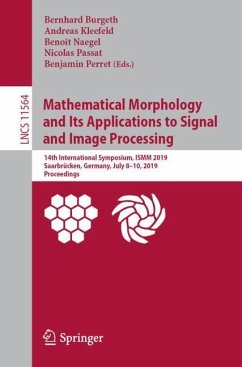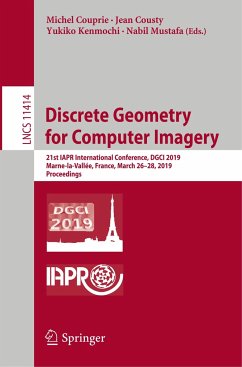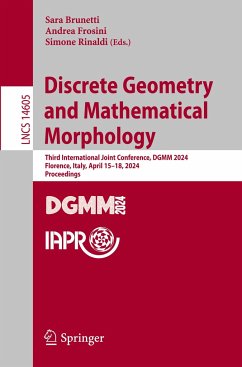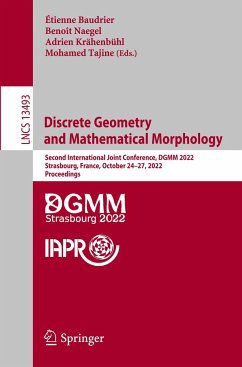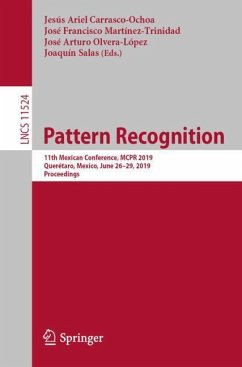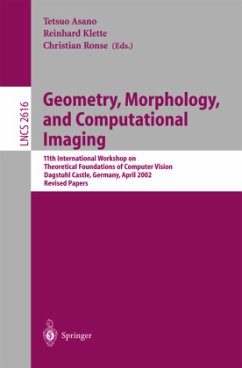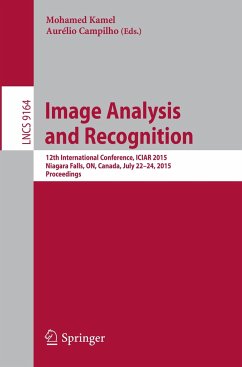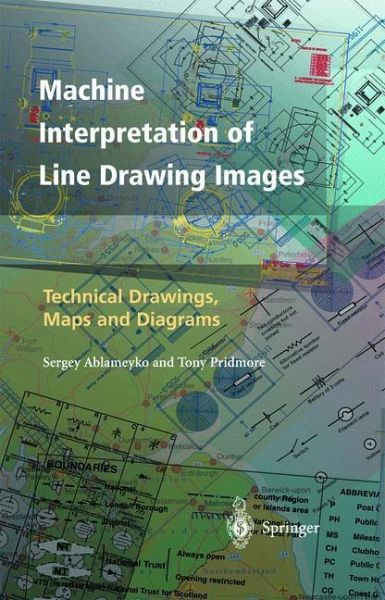
Machine Interpretation of Line Drawing Images
Technical Drawings, Maps and Diagrams
Versandkostenfrei!
Versandfertig in 6-10 Tagen
76,99 €
inkl. MwSt.

PAYBACK Punkte
38 °P sammeln!
Line drawing interpretation is a challenging area with enormous practical potential. At present, many companies throughout the world invest large amounts of money and human resource in the input of paper drawings into computers. The technology needed to produce an image of a drawing is widely available, but the transformation of these images into more useful forms is an active field of research and development. Machine Interpretation of Line Drawing Images - describes the theory and practice underlying the computer interpretation of line drawing images and- shows how line drawing interpretatio...
Line drawing interpretation is a challenging area with enormous practical potential. At present, many companies throughout the world invest large amounts of money and human resource in the input of paper drawings into computers. The technology needed to produce an image of a drawing is widely available, but the transformation of these images into more useful forms is an active field of research and development. Machine Interpretation of Line Drawing Images
- describes the theory and practice underlying the computer interpretation of line drawing images and
- shows how line drawing interpretation systems can be developed.
The authors show how many of the problems can be tackled and provide a thorough overview of the processes underpinning the interpretation of images of line drawings.
- describes the theory and practice underlying the computer interpretation of line drawing images and
- shows how line drawing interpretation systems can be developed.
The authors show how many of the problems can be tackled and provide a thorough overview of the processes underpinning the interpretation of images of line drawings.





